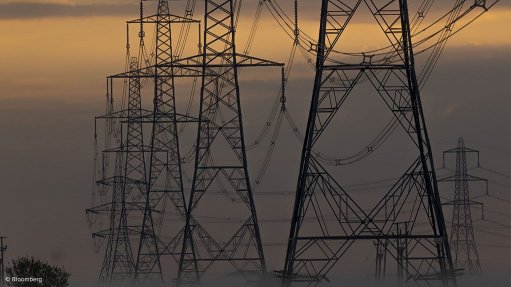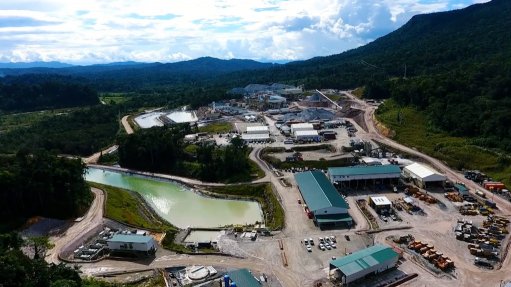New PLC improves demineralisation offering


IMPROVED CUSTOMISATION New PLC allows demin plant to be more easily customisable through the programming of the various inputs
Boiler manufacturer Allmech has been testing a new programmable logic controller (PLC) system with in-house developed software to run its ion exchange demineralisation, or demin, plant, with encouraging results.
Demineralisation removes dissolved solids and mineral ions from feed water and process streams. Demin plants typically use ion exchange to offer near-total removal of ionic mineral contaminants.
“We’ve been testing the system for several months now, and we believe we’ve built something that can help our customers with their water demineralisation needs,” says Allmech MD Lionel Maasdorp.
“Water purification options depend on customer needs, but all else being equal, demin plants require a lower capital investment than reverse osmosis plants.”
Demin plants are used for various industrial and scientific purposes. These could range from laboratory applications and testing, to manufacturing of computer chips, lead-acid batteries, cooling systems, pharmaceuticals, cosmetics, aquariums and fire extinguishers, as well as high pressure boiler feed, laser cutting, steam irons and steam raising.
Maasdorp says that Allmech’s customers who use demin plants tend to be in the food and beverage industries.
“A demin plant typically consists of two vessels; one containing cation and the other containing anion exchange resins,” he explains.
“Raw water enters first through the cation resin, where mineral contaminants are replaced by hydrogen ions. Then it flows through an anion resin, where mineral contaminants are replaced by hydroxyl ions, which combine with the hydrogen ions to form pure water. A demin plant then needs to be regenerated with hydrochloric acid and sodium hydroxide when necessary.”
The disadvantages of this type of system are that the caustic and acid required to regenerate the resin creates a waste product that must be disposed of, and that the system cannot run indefinitely – it needs downtime for regeneration to take place.
Comments
Press Office
Announcements
What's On
Subscribe to improve your user experience...
Option 1 (equivalent of R125 a month):
Receive a weekly copy of Creamer Media's Engineering News & Mining Weekly magazine
(print copy for those in South Africa and e-magazine for those outside of South Africa)
Receive daily email newsletters
Access to full search results
Access archive of magazine back copies
Access to Projects in Progress
Access to ONE Research Report of your choice in PDF format
Option 2 (equivalent of R375 a month):
All benefits from Option 1
PLUS
Access to Creamer Media's Research Channel Africa for ALL Research Reports, in PDF format, on various industrial and mining sectors
including Electricity; Water; Energy Transition; Hydrogen; Roads, Rail and Ports; Coal; Gold; Platinum; Battery Metals; etc.
Already a subscriber?
Forgotten your password?
Receive weekly copy of Creamer Media's Engineering News & Mining Weekly magazine (print copy for those in South Africa and e-magazine for those outside of South Africa)
➕
Recieve daily email newsletters
➕
Access to full search results
➕
Access archive of magazine back copies
➕
Access to Projects in Progress
➕
Access to ONE Research Report of your choice in PDF format
RESEARCH CHANNEL AFRICA
R4500 (equivalent of R375 a month)
SUBSCRIBEAll benefits from Option 1
➕
Access to Creamer Media's Research Channel Africa for ALL Research Reports on various industrial and mining sectors, in PDF format, including on:
Electricity
➕
Water
➕
Energy Transition
➕
Hydrogen
➕
Roads, Rail and Ports
➕
Coal
➕
Gold
➕
Platinum
➕
Battery Metals
➕
etc.
Receive all benefits from Option 1 or Option 2 delivered to numerous people at your company
➕
Multiple User names and Passwords for simultaneous log-ins
➕
Intranet integration access to all in your organisation



















